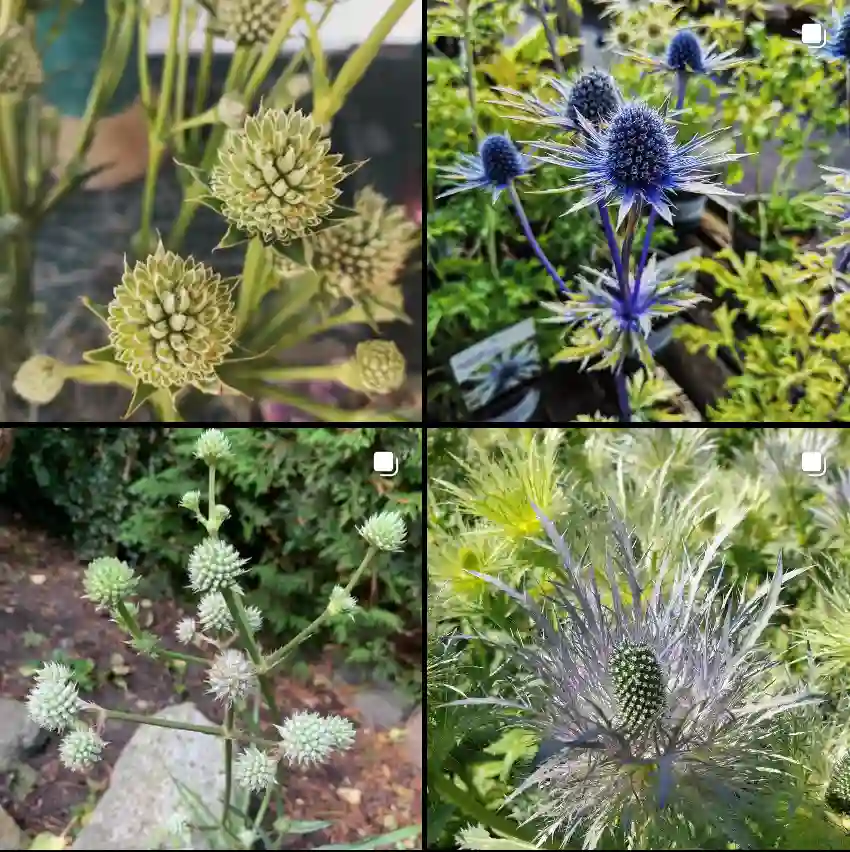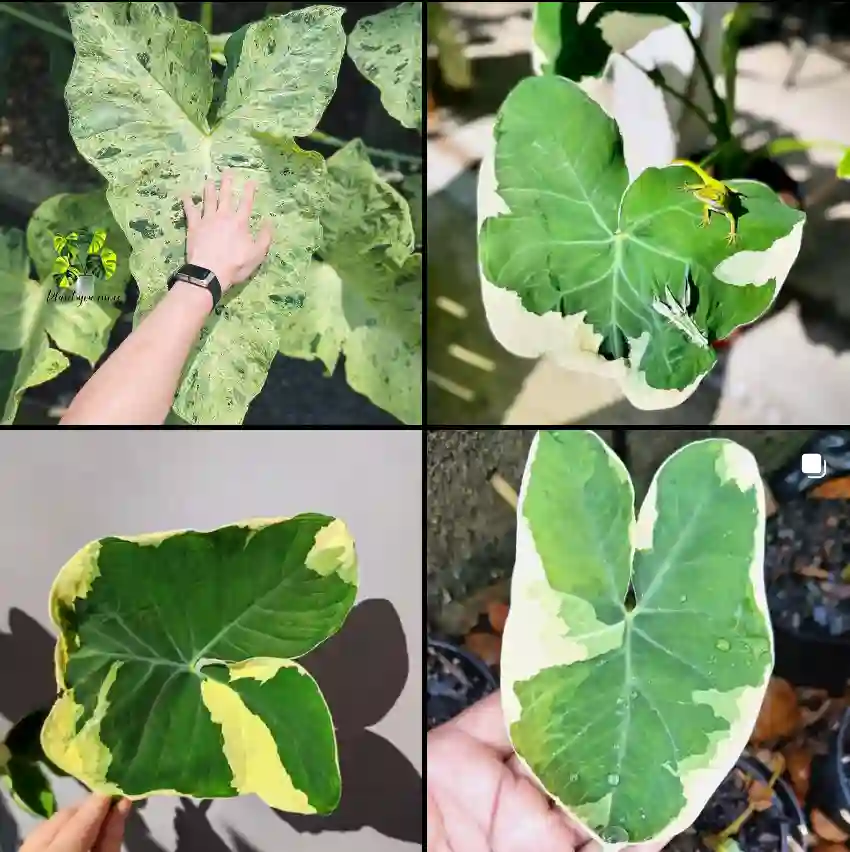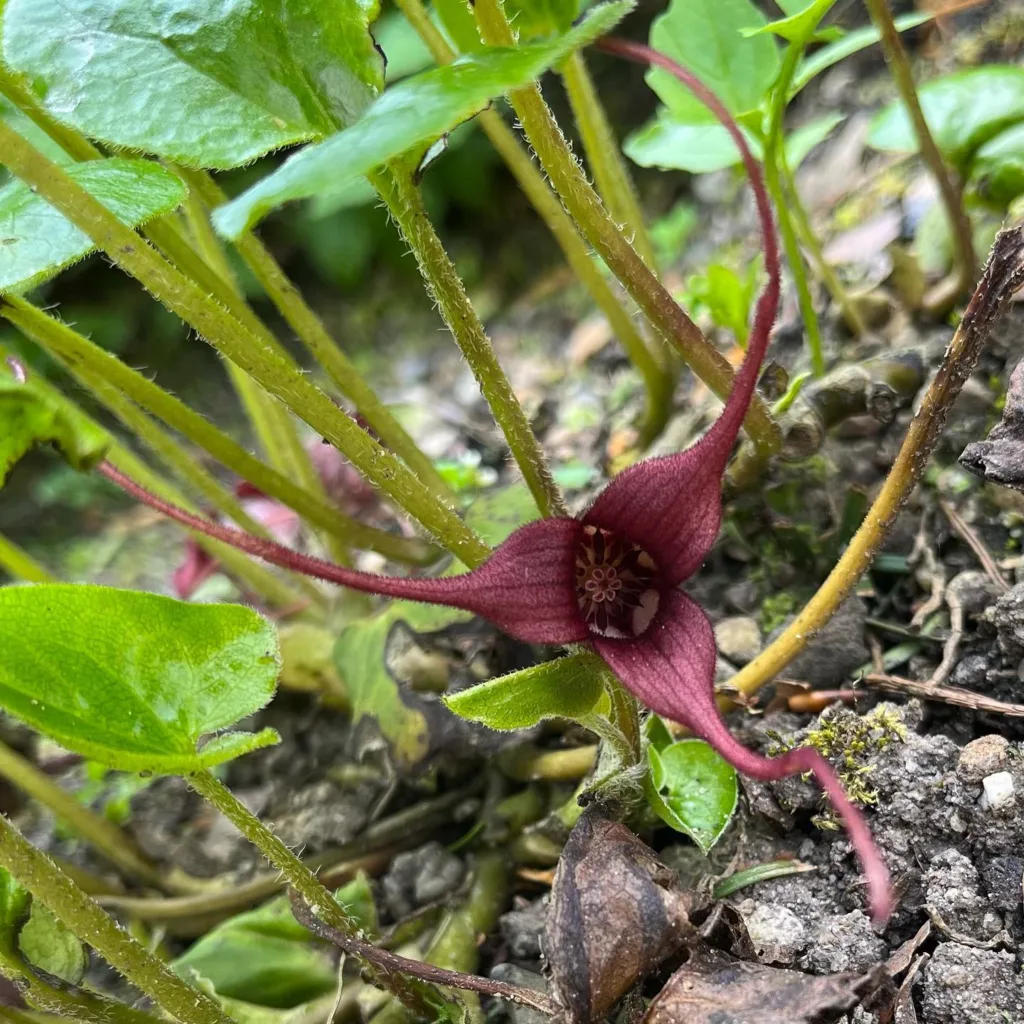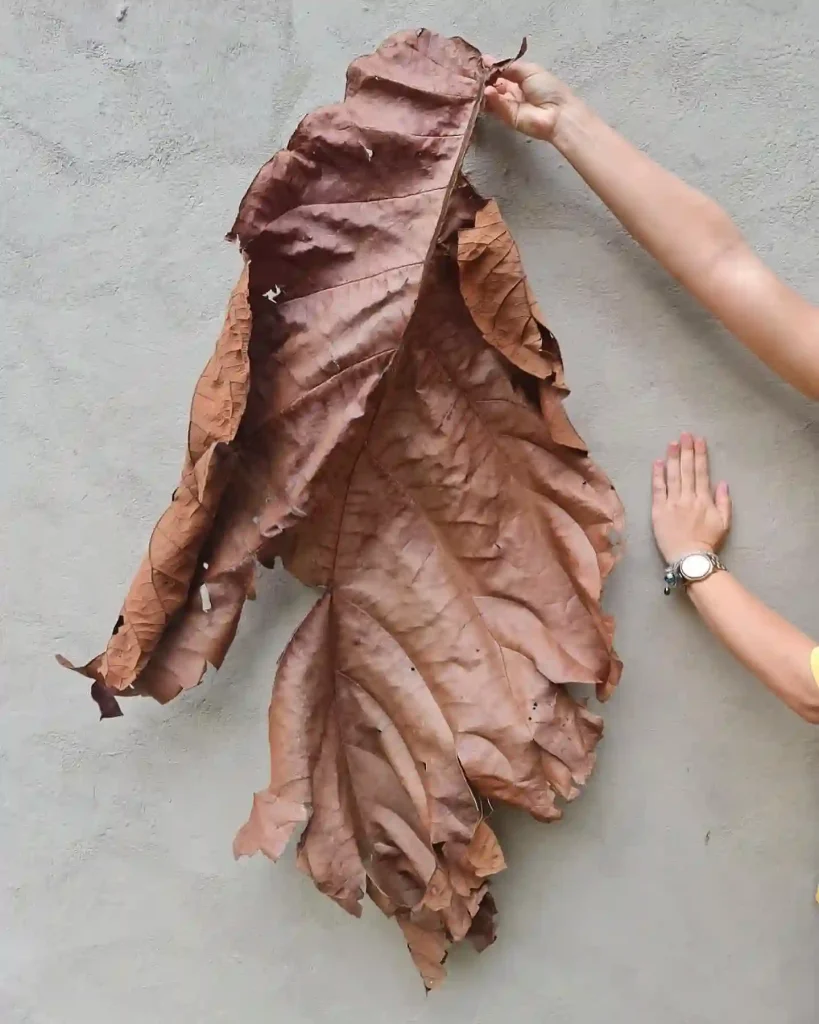Exploring the Fascinating Cytinaceae Family
As an avid plant enthusiast, I have always been drawn to the intricacies of different plant families. One that particularly piqued my interest is the Cytinaceae family. This unique group of plants is composed of two primary genera: Bdallophytum and Cytinus. Each has its own unique characteristics, and together they create a captivating narrative about evolution and adaptation.
Understanding Cytinaceae
The Cytinaceae family consists primarily of hemiparasitic plants, meaning they derive some of their nutrients from a host plant but can also perform photosynthesis. This unique lifestyle allows them to thrive in various environments. The most notable members of this family are Cytinus and Bdallophytum.
Cytinaceae is found mainly in regions with Mediterranean climates, particularly in southern Europe and North Africa. This geographic concentration highlights their specialized adaptations to specific environmental conditions. Exploring the traits and behaviors of these genera gives a deeper understanding of how plants can adapt to their surroundings and the symbiotic relationships they can form.
Bdallophytum: A Closer Look
Characteristics and Habitat
Bdallophytum is a small genus, comprising a handful of species that are predominantly found in Africa. What intrigues me about Bdallophytum is its unusual morphology. The plants are often characterized by fleshy, scale-like leaves and vibrant flowers that appear in clusters. These flowers are usually yellow or red, making them stand out against the often-dry backdrop of their natural habitats.
The hemiparasitic nature of Bdallophytum means it relies on nearby plants for water and nutrients. This trait is fascinating because it demonstrates the complex interactions that can exist between different plant species. While Bdallophytum can photosynthesize, it thrives best when associated with host plants. This relationship highlights the balance of dependency and autonomy that defines the ecological niches these plants occupy.
Ecological Role
In my observations, Bdallophytum plays a vital role in its ecosystem. It contributes to the diversity of the plant community while also impacting the growth and health of its host plants. By extracting nutrients, it can influence the competition dynamics among nearby flora. This aspect of Bdallophytum serves as a reminder of how interconnected life can be in the plant world.
Cytinus: The Unique Parasite
Characteristics and Habitat
Moving on to Cytinus, I find this genus particularly captivating. Cytinus is also a hemiparasitic plant, but it has evolved a more specialized form of parasitism. Instead of relying solely on the host’s roots for nutrients, Cytinus attaches itself to the stem of its host plants, typically from the Cistaceae family. This adaptation allows Cytinus to tap into the vascular system of its host more efficiently.
The flowers of Cytinus are often bright yellow or red, making them visually striking. They tend to emerge from the ground in bursts, creating a spectacular display during flowering seasons. This phenomenon is not only a treat for the eyes but also plays a significant role in attracting pollinators.
Ecological Importance
Cytinus is crucial for maintaining ecological balance. It provides food sources for various pollinators, including bees and other insects. During my time exploring regions where Cytinus thrives, I’ve noticed an increase in bee activity around these plants. This relationship illustrates how the Cytinaceae family contributes to the overall health of its ecosystem.
Moreover, the unique growth habits of Cytinus and its dependence on specific host plants illustrate the delicate balance in nature. The intricate relationships between hemiparasitic plants and their hosts reveal how plants can adapt and thrive, even when relying on other species for survival.
Conservation and Future Considerations
As I delve deeper into the Cytinaceae family, I can’t help but think about the conservation of these unique plants. Many species are threatened by habitat destruction, climate change, and the encroachment of invasive species. Protecting their habitats is essential not only for the survival of Bdallophytum and Cytinus but also for maintaining the ecological balance of the regions they inhabit.
To promote conservation, we must raise awareness about the importance of these plants and their roles in the ecosystem. Engaging local communities and encouraging sustainable practices can help protect these fascinating members of the plant kingdom.
Conclusion
The Cytinaceae family, with its genera Bdallophytum and Cytinus, represents a remarkable example of plant adaptation and evolution. Their unique lifestyles and relationships with other plants make them a subject of fascination for any plant lover. As I continue to explore the world of plants, I look forward to learning more about the intricacies of this family and advocating for their conservation. Embracing the beauty of Cytinaceae not only enriches our understanding of plant biology but also underscores the importance of preserving our natural world for future generations.
If i die, water my plants!



